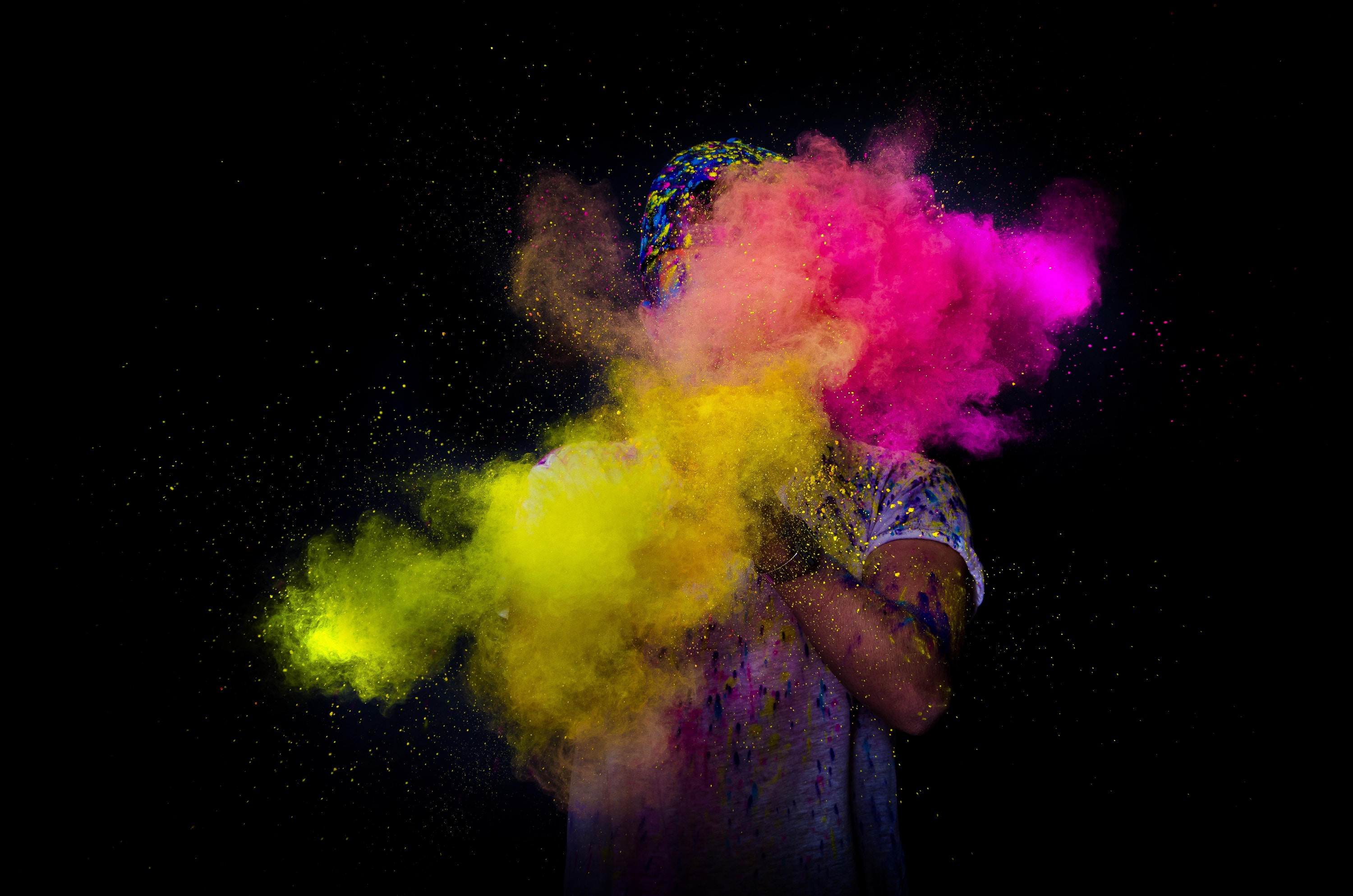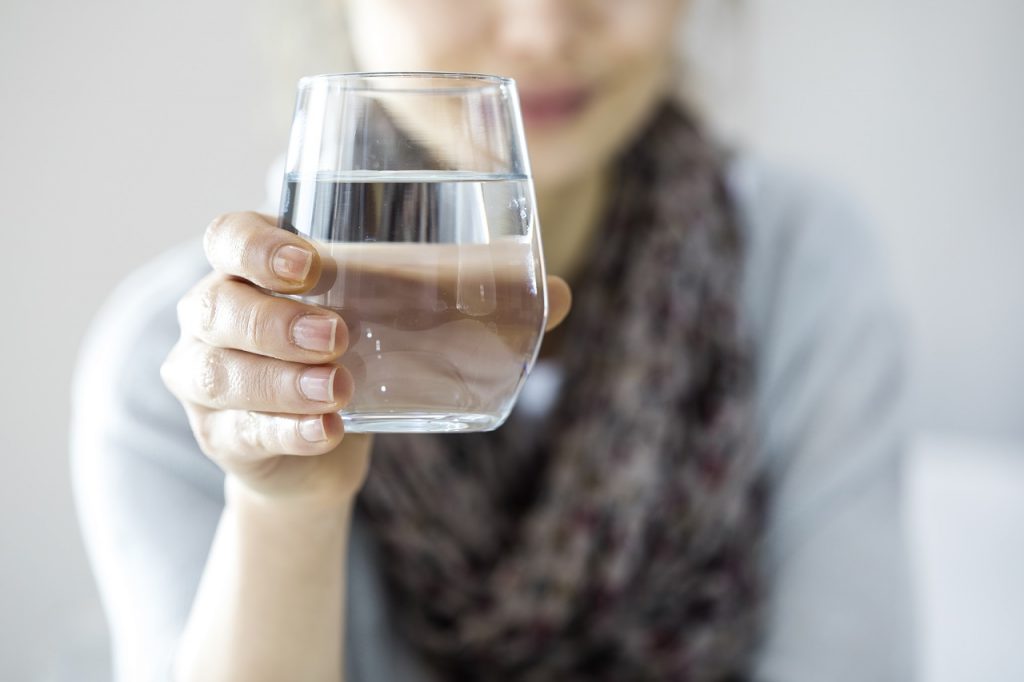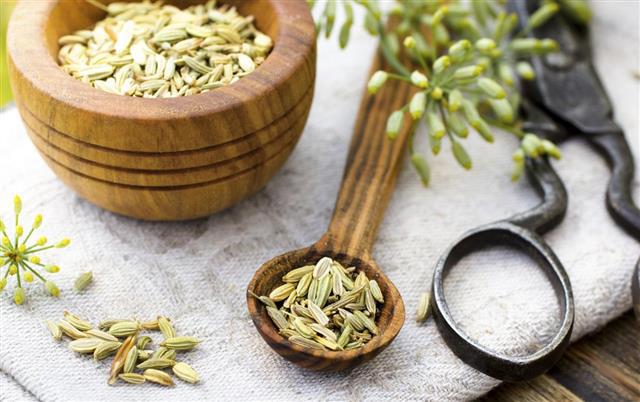 Wouldn’t it be great to have a doctor assess your health or medical conditions online? Imagine having an online consultation with a doctor who is familiar with your issues, knows your medical history and is proficient enough to tackle the issues with simple lifestyle changes. You don’t have to look far! All you need to do is download the GOQii app and subscribe to get your own GOQii Doctor!
Wouldn’t it be great to have a doctor assess your health or medical conditions online? Imagine having an online consultation with a doctor who is familiar with your issues, knows your medical history and is proficient enough to tackle the issues with simple lifestyle changes. You don’t have to look far! All you need to do is download the GOQii app and subscribe to get your own GOQii Doctor!
How Does It Work?
With the GOQii Doctor, users can have an online consultation. Before you begin with the consultation, an appointment is scheduled. GOQii Doctors acquaint themselves with the patient’s history, medical conditions and current lifestyle. Patients can also share their blood reports.
With this info, the consult with patients becomes thorough, which further promotes follow-ups and new appointments. After detailed research, if the issue is in the patient’s lifestyle, the GOQii Doctor can suggest lifestyle changes that will help. A GOQii Doctor will not prescribe medicines online.
What Can the GOQii Doctor Help With?
A GOQii Doctor can help you with a myriad of disorders. The issues handled by a GOQii Doctor fall in the following categories:
- General Medicine: fever, cough, cold, weakness, fatigue, headache, anaemia, etc.
- Lifestyle Medicine: weight management, stamina and immunity building, sleep issues, etc.
- Endocrinology: Diabetes, thyroid, PCOD, Vitamin D deficiency, Osteoporosis, etc.
- Orthopaedics: Joint pains, knee/back pain, exercise-induced injuries, spondylitis, etc.
- Mental Health: Depression, anxiety, anger management, OCD, etc.
- Cardiovascular: Heart care, high cholesterol, hypertension, etc.
- Gastroenterology: Gut care, acidity, constipation, irritable bowel syndrome, GERD, etc.
- Dermatology: Skincare, acne, hair fall, rashes, psoriasis, eczema, etc.
- Gynaecology: Women’s health, pregnancy, fibroids, menses, menopause, etc.
- Ophthalmology: Eye health, blurring of vision, retinopathy, etc.
- Other cases like piles, kidney stones, prostatomegaly, oral care, etc.
According to the IndiaFit Report, there has been an increase in the number of consultations for sexual health. As consults happen over a call, it is much easier for people to clarify their doubts on an issue considered a taboo otherwise.
Chronic disorders such as diabetes, high cholesterol, thyroid and gut issues like acidity, constipation are the most sought after in the list of appointments. Poor and unhealthy lifestyle is the reason for these disorders and closely inspecting and making small alterations in the patient’s routine helps in providing long term benefits.
Do you agree that online consultation is the need of the hour? Want to know what else a GOQii Doctor can do for you? Drop us a message in the comments below!
#BeTheForce
 Holi is a festival of fun and mirth with plenty of colors and zeal. The tradition is to wish a Happy Holi by smearing colors at each other. Few decades ago, the colors used in Holi were derived from dry flowers and leaves. Even sandalwood paste, saffron, turmeric, henna and fuller’s earth were used to play Holi.
Holi is a festival of fun and mirth with plenty of colors and zeal. The tradition is to wish a Happy Holi by smearing colors at each other. Few decades ago, the colors used in Holi were derived from dry flowers and leaves. Even sandalwood paste, saffron, turmeric, henna and fuller’s earth were used to play Holi. A couple of months ago, my aunt practiced a month-long water fast. In essence, she only drank water throughout the day. No food, no tea, no coffee, no milk and not even coconut or lime water. In short, it was nothing but just water! When I got to know of this, I was initially taken aback. I rushed to my aunt and asked if she was alright and what was the need to punish her body in this manner. To which my aunt replied, “I am doing this for religious purposes”.
A couple of months ago, my aunt practiced a month-long water fast. In essence, she only drank water throughout the day. No food, no tea, no coffee, no milk and not even coconut or lime water. In short, it was nothing but just water! When I got to know of this, I was initially taken aback. I rushed to my aunt and asked if she was alright and what was the need to punish her body in this manner. To which my aunt replied, “I am doing this for religious purposes”. In my previous blog, we talked about the amazing
In my previous blog, we talked about the amazing 


